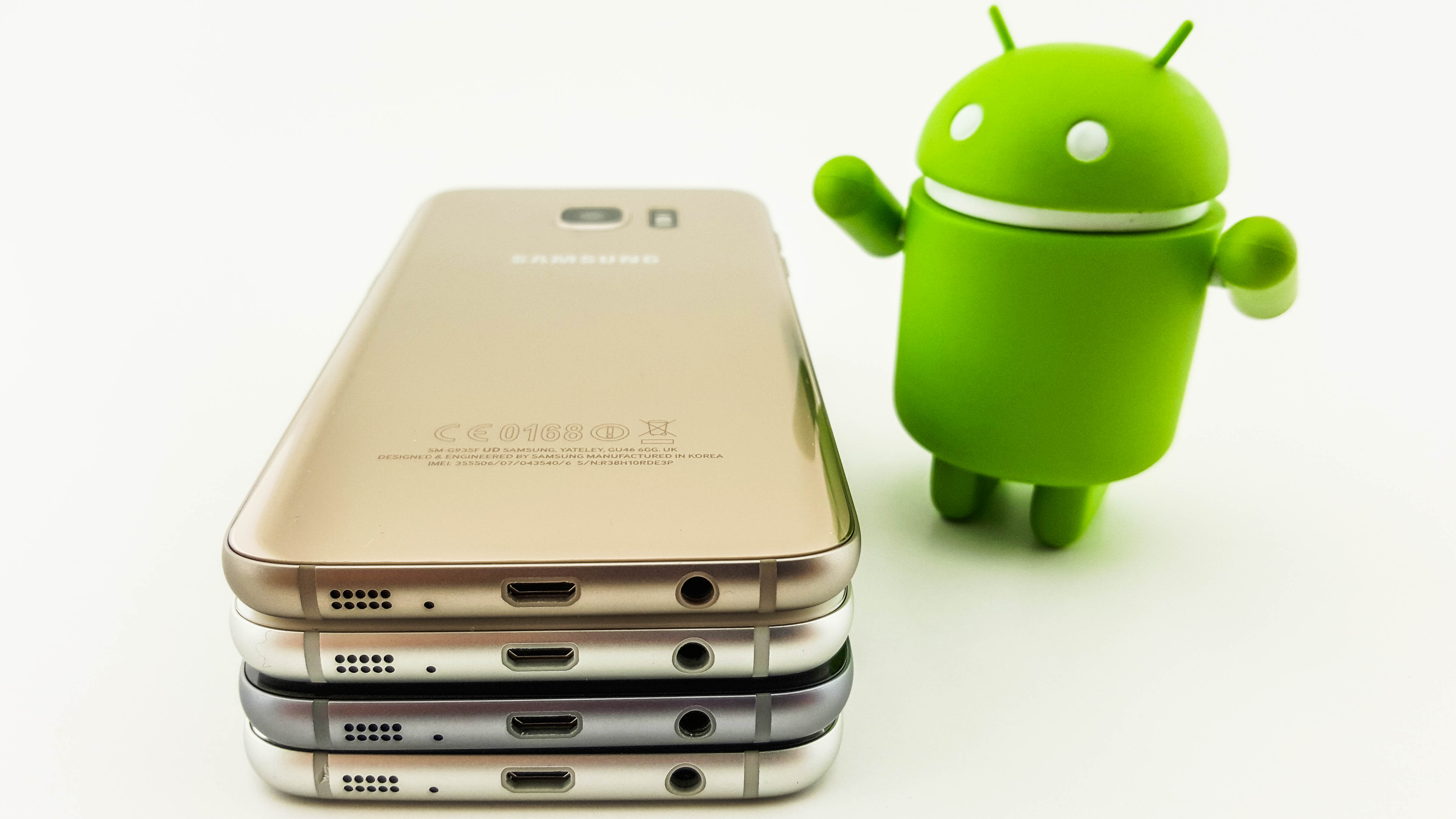The Apple Lightning plug was great before I hated it
Plugs should be made of sterner stuff

Friends, Androids, iPhone-owners, lend me your ears. I have come to bury Lightning, not to praise it. The evil that micro-USB did to phones lives after it; the good is oft interred with swollen batteries. So let it be with Lightning.
Lightning has become a villain of the phone world. A hardware representation of Apple’s proprietary nature. It does to humble phone charging what the blue bubble did to text messaging: it separates us.
The European Union has been waffling on whether to make a strict law with a deadline that would prohibit Lightning, and it looks like that time has come. A ban taking place in 2024 would require all new phones to use a universal charging standard, USB-C. Finally, Lightning’s tyranny may come to an end.
Lightning solved a major problem
I didn’t always resent Apple’s proprietary Lightning port. There was a time when Lightning wasn’t just good, it was great. In 2012, most phones used a micro-USB port. This was a smaller, updated version of the T-shaped mini-USB port. It has a major flaw.
The port is shaped like a trapezoid, but it is nearly impossible to tell which side goes up unless you look very closely. In good lighting. With reading glasses on. It looks almost rectangular, but if you force the plug into the port incorrectly, you can cause permanent damage.
My Baby Boomer parents jumped into the smartphone world around the time of the Galaxy S7, Samsung’s last phone to use micro-USB. Both of them destroyed a phone each, jamming a charging plug into the phone the wrong way until the port was destroyed.

Lightning is reversible. You can plug it in any way you like, there is no wrong way. It can’t be understated how important this is for a mobile device like a smartphone. It’s astonishing that it took the mobile industry five years to catch up to Apple in creating the reversible USB-C port.
Sign up for breaking news, reviews, opinion, top tech deals, and more.
A phone should be tough enough to withstand a human being in a hurry. A phone should be worthy of respect, but forgiving of mistakes. If I do something stupid like leave my phone on the hood of my car, I can understand damage. If I’m tired, and it’s dark, and I get the plug wrong on the first try? That shouldn’t cause terminal injury, but with micro-USB it could.
A lot of cell phone innovation is really about keeping us from destroying our phones. Flagship smartphones are all water resistant and can survive a dunk in the pool. That’s because water damage was a top cause of phone failure, not because Samsung wants you to take your Galaxy Z Flip 4 for a swim. When Apple makes the iPhone 14 water resistant, it then has fewer customers unhappy with broken iPhones.
Lightning is an inferior standard
Lightning represents the worst of Apple’s instincts. There is microcircuitry built into every plug, and this is what allows it to flip the pins upside down as needed. This also allows Apple to add proprietary licensing to the plug. Accessory makers have to pay a fee to Apple to use Lightning, adding to the cost, something that was especially the case when Lightning was new.
Lightning was also much smaller than micro-USB, though this didn’t matter very much. The plug launched with the iPhone 5 and also the first iPad mini, so small was the name of the game for Apple that year. That drive to make the devices smaller is also an excuse Apple has used in removing the headphone port from its phones. Smaller is not better.
Two minutes versus three seconds. What is Apple waiting for?
It’s strange that Lightning has survived so long, because it is not better than USB-C. Lightning is very slow. It is the same speed as USB 2.0, around 480 Mbps. The USB-C design can house a Thunderbolt port, a very fast standard that Apple co-developed with Intel. It’s exponentially faster than Lightning.
Let’s say you are running out of space on your iPhone and you want to move 100 photos from your phone to your computer. With Lightning, that would take about two minutes to transfer. With USB-C it would take as little as twelve seconds. With a Thunderbolt port, you could send those photos in three seconds. Two minutes versus three seconds. What is Apple waiting for?
Take your ports and go home
Apple doesn’t even need to use USB-C if it wants to spite the European Union and the rest of us. It could remove the ports altogether and rely on wireless charging and wireless data transfer. Using Wi-Fi 6 to connect to a computer would be much faster than Lightning, and if the next iPhone 15 uses Wi-Fi 6E, that would be even better.
Whatever the case, the time for proprietary, locked-down, ineffective ports is over. The Lightning port was ambitious, and, sure, Apple is an honorable company. We all loved it once, not without cause. Let’s put it to rest and end the drama.

Starting more than 20 years ago at eTown.com. Philip Berne has written for Engadget, The Verge, PC Mag, Digital Trends, Slashgear, TechRadar, AndroidCentral, and was Editor-in-Chief of the sadly-defunct infoSync. Phil holds an entirely useful M.A. in Cultural Theory from Carnegie Mellon University. He sang in numerous college a cappella groups.
Phil did a stint at Samsung Mobile, leading reviews for the PR team and writing crisis communications until he left in 2017. He worked at an Apple Store near Boston, MA, at the height of iPod popularity. Phil is certified in Google AI Essentials. His passion is the democratizing power of mobile technology. Before AI came along he was totally sure the next big thing would be something we wear on our faces.